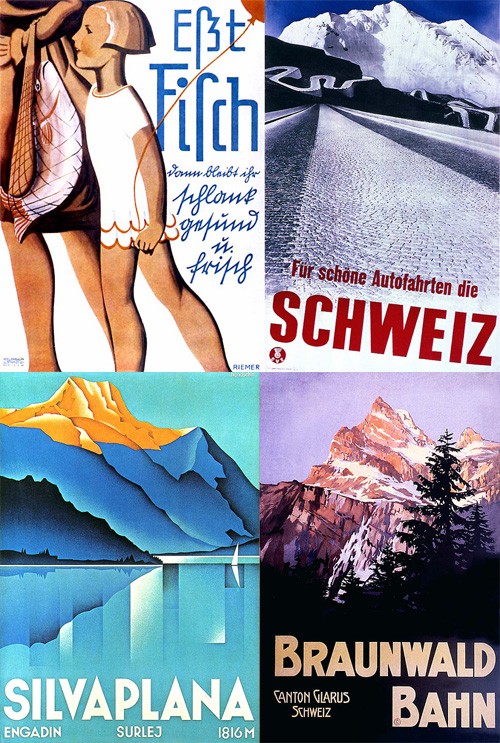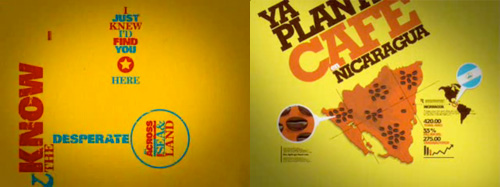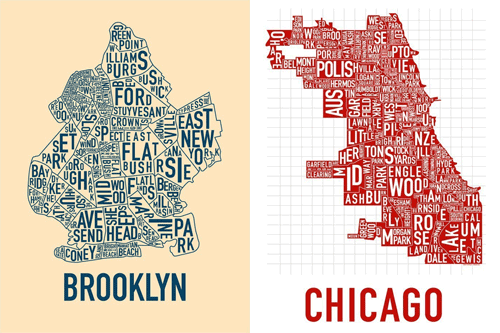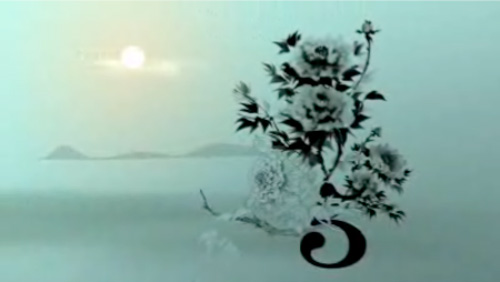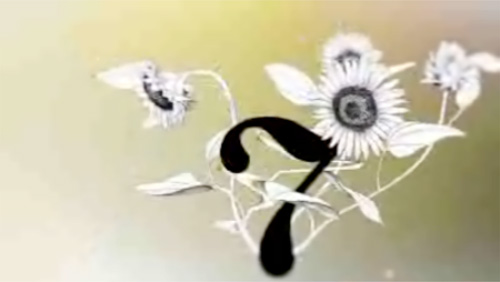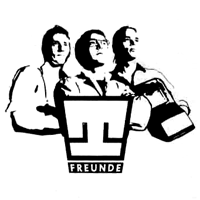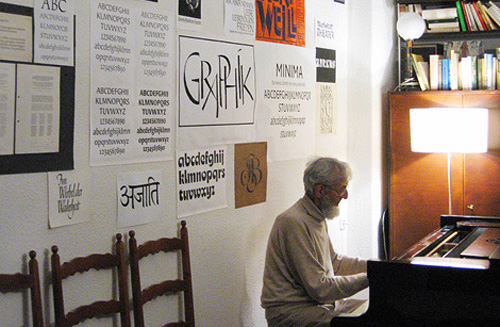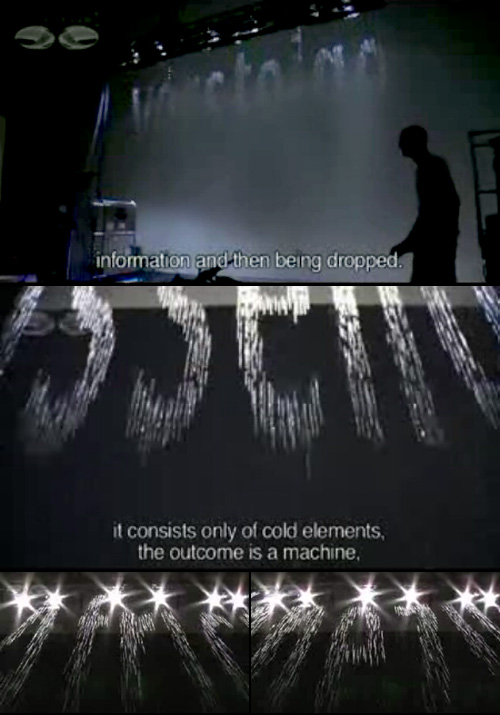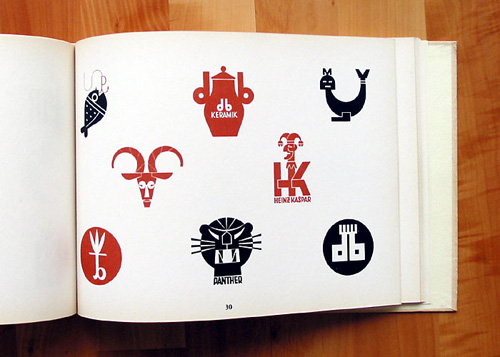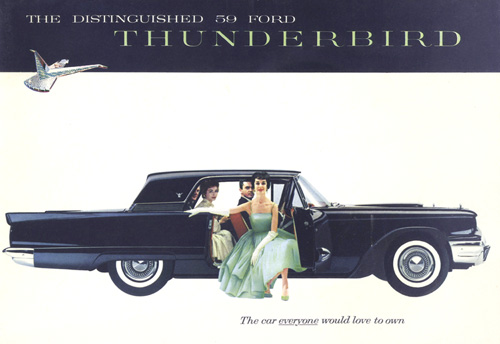
I can’t quite recall why I’ve not blogged this before. For the life of me I can’t recall where I found it (I’ve had it on my hard drive for a while), but it was made by the “United Designers Network - Berlin”, a search for whom redirects to Spiekermann Partners.
Now and again I look at it and marvel how two entirely different types work so well on the same page. Viewed scaled down (below, in positive and negative) you can see that the whole piece has an even colour, and yet a closeup (right) shows that it’s set in Adobe Caslon and Wittenberg Fraktur (OK, I cribbed the name of the blackletter from the original PDF). I’d never have thought the two faces could have the same colour like that. I love it, it’s a really nice bit of inspiration.
Update: I guess I should have had a closer look through the Spiekermann Partners site! Alessandro Segalini mailed me with the blog entry describing the design motivation of the poster, apparently by Erik Spiekermann himself. Excerpt here:
The poster designed itself: the English text is set in Caslon, the typeface that George Bernard Shaw always specified for his writings; the German copy is set in Fraktur, the typeface used for setting German and other northern languages since Gutenberg. If it hadn’t been for the Nazis misusing these faces for their sinister purposes, we would still be reading Fraktur. It is the typeface of Goethe, Martin Luther, Karl Marx and Hegel. And it is perfectly suited to set our long words and interminable sentences, still evoking Gothic cathedrals and narrow streets with timbered houses. The one used is called Wittenberg Fraktur, after the town where Luther nailed his theses on a church door in 1517.


Incidentally, Spiekermann Partners developed the Deutsche Bahn brand system which I’ll no doubt blog about some time in the future.


